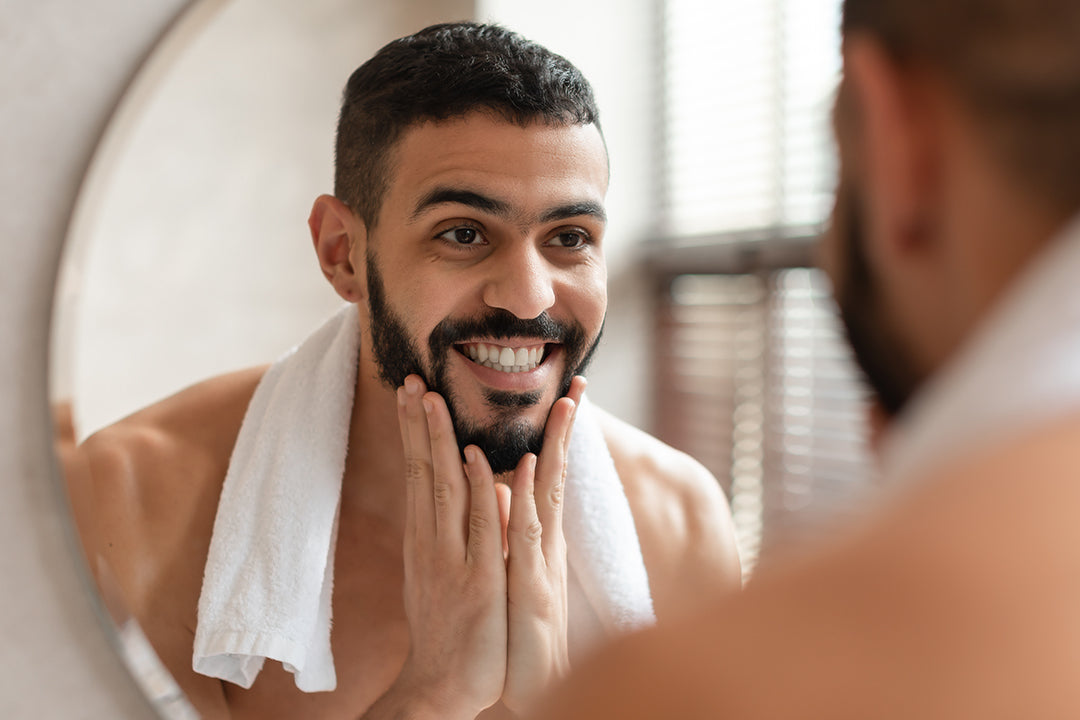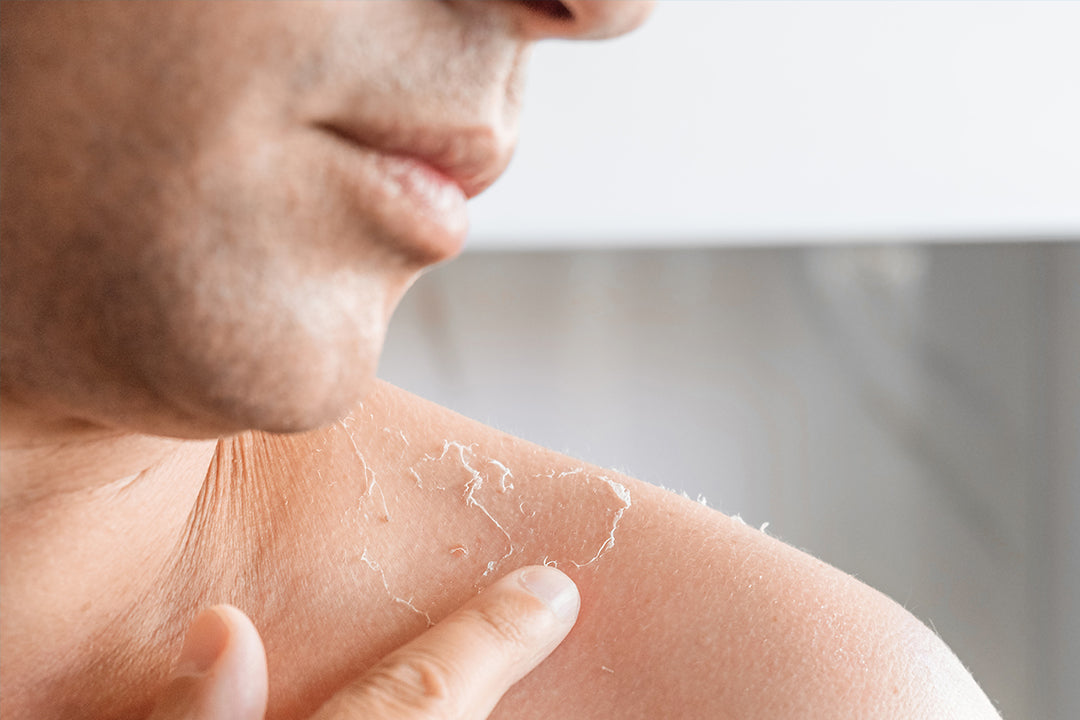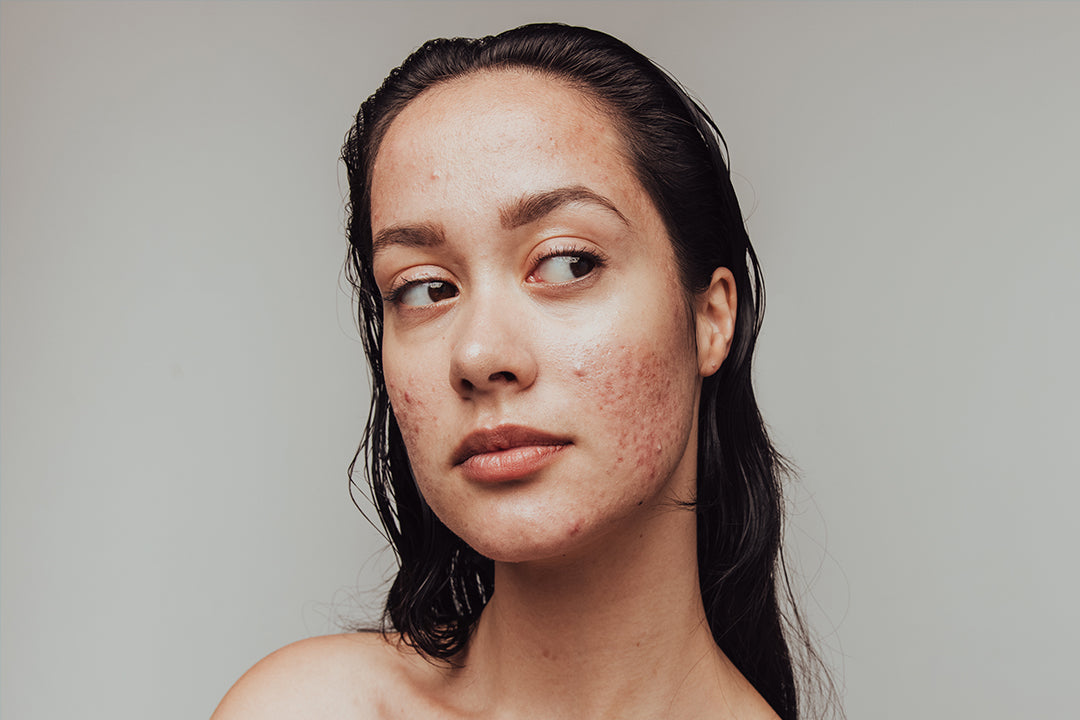If you're considering using retinol, you may have heard of the 'retinol purge.' But what exactly is it, and what can you expect before and after starting a retinol treatment? In this blog post, we'll explore the ins and outs of retinol purging, including what it is, how long it lasts, and how to deal with it. Let's dive in!
Retinol Purge Before and After: Everything You Need to Know
What is Retinol Purging?
Retinol purging, also known as 'skin purging,' is an initial flare of sensitive skin and acne breakouts that can occur when you start using retinol or retinoid products. This is a common occurrence, but it doesn't happen to everyone. It's important to understand that retinol purging is different from a regular breakout, and knowing the signs can help you distinguish between the two.
Signs of Retinol Purging
So, how can you tell if your skin is experiencing retinol purging? Here are three key signs to watch out for:
- Flaking and Peeling: During retinol purging, you may notice increased flaking and peeling of the skin. This is a result of increased cell turnover, which is a good thing in the long run but can be temporarily inconvenient.
- Redness and Irritation: Another common sign of retinol purging is redness and irritation. Your skin may appear more sensitive and may feel slightly uncomfortable. This is a normal reaction as your skin adjusts to the retinol.
- Texture Changes: Retinol purging can also lead to changes in skin texture. You may notice rough patches or a bumpy texture as your skin undergoes the purging process.
It's important to note that these signs should subside over time as your skin adapts to the retinol. If you experience severe or prolonged irritation, it's always best to consult with a dermatologist.
How Long Does Retinol Purging Last?
The duration of retinol purging can vary from person to person. For some, it may last just a few weeks, while for others, it may persist for several months. Generally, the purging phase tends to last around 4-6 weeks. During this time, it's crucial to be patient and consistent with your retinol routine. Stick to your skincare regimen, and don't give up too soon.
Dealing with Retinol Purging
While retinol purging can be frustrating, there are several steps you can take to minimize discomfort and support your skin during this phase:
- Don't Quit Retinol Entirely: It may be tempting to stop using retinol altogether when you experience purging, but this can hinder the long-term benefits. Instead, try to stick to your retinol routine and give your skin time to adjust.
- Adjust Your Skincare Routine: If you find that your current skincare routine is too harsh or irritating, consider making some adjustments. Switch to gentler cleansers and moisturizers to provide relief to your skin.
- Use It Every Other Night: If the purging is particularly severe, you can try using retinol every other night instead of every night. This can help minimize the side effects while still allowing your skin to benefit from the retinol.
- Remember: Less Is More: When it comes to retinol, a little goes a long way. Stick to a pea-sized amount for your entire face, and avoid over-applying the product. Using more retinol than necessary won't speed up the purging process.
- Reinforce Your Skin Barrier: Retinol can sometimes compromise the skin barrier, leading to increased sensitivity and dryness. To combat this, make sure to use a moisturizer that contains ceramides or other barrier-repairing ingredients.
- Dilute Your Retinol: If your skin is highly sensitive or prone to irritation, you can try diluting your retinol with a moisturizer or serum. This can help minimize the intensity of the purging phase.
- Apply Moisturizer First: To further reduce the risk of irritation, apply a moisturizer before applying your retinol product. This creates a protective barrier between the retinol and your skin.
- Avoid Harsh Soaps: Harsh soaps and cleansers can exacerbate the purging process. Opt for gentle, non-comedogenic cleansers that won't strip your skin of its natural oils.
- Avoid Exfoliating Acids: During the purging phase, it's best to avoid using other exfoliating acids, such as AHAs or BHAs. These can increase skin sensitivity and potentially worsen the purging effects.
- Never Forget Sunscreen: Sun protection is always essential, but it becomes even more crucial when using retinol. Retinol can increase sun sensitivity, so make sure to apply a broad-spectrum sunscreen with an SPF of 30 or higher.
The Final Takeaway
Retinol purging is a common occurrence when starting a retinol treatment, but it doesn't have to be a cause for concern. By understanding the signs of retinol purging and taking steps to support your skin during this phase, you can navigate the journey with confidence. Remember, consistency and patience are key when it comes to retinol. Stick with it, and you'll likely see the benefits in the long run.









